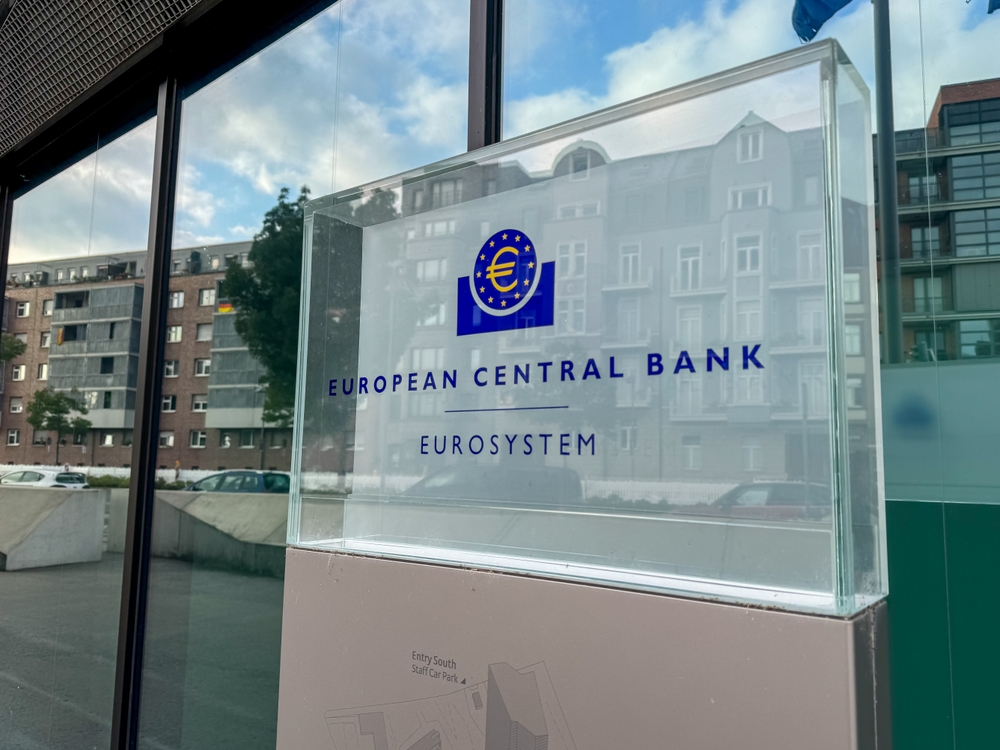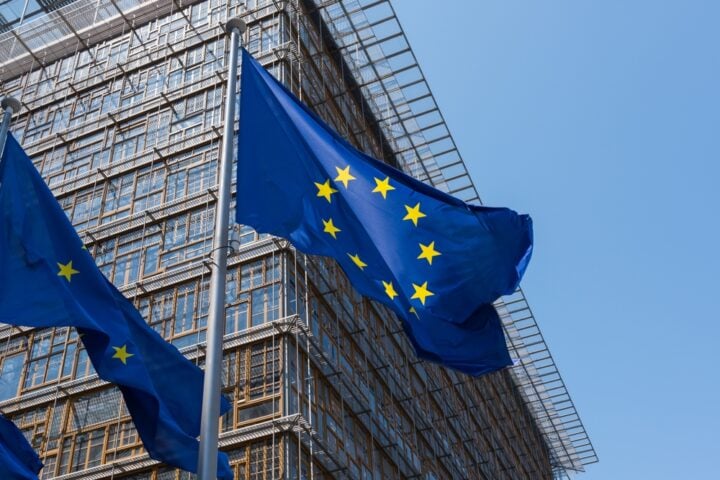On Thursday, the European Central Bank (ECB) reduced its key interest rate to 3.25%, marking the third quarter-point cut this year. The decision, made during the ECB’s October meeting, was widely anticipated by markets as policymakers pointed to diminishing inflation risks and a softening growth outlook. This consecutive rate cut signals the ECB’s confidence in its disinflationary efforts, as inflation in the euro area continues to fall below target.
ECB Lowers Rates as Inflation Eases
The ECB’s latest 25-basis-point rate cut comes amid signs of easing inflation across the eurozone. In its statement following the decision, the ECB’s Governing Council highlighted that disinflation was “well on track” and noted that the inflation outlook has been influenced by weaker economic activity. Eurozone headline inflation dropped to 1.8% in September, falling below the ECB’s 2% target for the first time in three years.
While the central bank expects inflation to rise slightly in the coming months, it remains confident that it will return to target by next year. ECB President Christine Lagarde emphasized the central bank’s cautious approach to rate cuts, opting for a quarter-point reduction instead of the larger half-point cut implemented by the U.S. Federal Reserve in September.
Lagarde Defends Moderate Rate Cut
During a press conference on Thursday, ECB President Lagarde explained the decision to limit the rate cut to 25 basis points, citing weaker-than-expected economic activity. “It is a fact that the economic activity has come in — on the basis of the … indicators that are available — a bit lower than we anticipated,” she said in response to questions on why the ECB didn’t opt for a larger cut.
Lagarde’s comments reflected the ECB’s cautious optimism, as policymakers continue to balance inflationary pressures with concerns over slowing growth. The decision also marked the first time since 2011 that the ECB has implemented rate cuts at consecutive meetings.
Market Sentiment and Expectations for Further Easing
Expectations for a quicker pace of rate cuts had gained traction since the ECB’s September meeting, when markets had only priced in one more rate reduction for 2023. By Thursday morning, that forecast had shifted to two cuts, driven by weaker inflation data and dovish signals from ECB officials.
Lagarde’s remarks earlier in the month helped sway market sentiment when she expressed confidence that inflation would return to target “in a timely manner.” This reassured markets that further monetary easing was on the horizon, bolstering the case for continued rate reductions.
Eurozone Growth Outlook Remains Fragile
Despite the positive developments on the inflation front, the ECB remains cautious about the eurozone’s growth prospects. In its latest forecast, the central bank lowered its GDP growth projection for 2024 to 0.8%, down from 0.9%. The revision reflects ongoing challenges in some of the eurozone’s largest economies, particularly Germany, where manufacturing remains weak, and France, which faces a major fiscal consolidation effort.
Sentiment indicators across the eurozone also continue to show weakness, adding to concerns about the region’s economic trajectory. As the ECB balances inflation control with growth support, it is expected to remain cautious in its policy decisions over the coming months.
The European Central Bank’s decision to cut interest rates to 3.25% highlights its commitment to guiding inflation back to target while acknowledging the weaker economic outlook. With inflation falling below 2% for the first time in three years, the ECB remains confident in its disinflationary strategy but continues to navigate the complex landscape of slow growth and economic uncertainty. Markets will now look ahead to further monetary policy signals as the ECB works to stabilize the eurozone economy.







